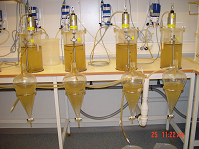
You are here:
JIP Oil In Ice
/
Program overview
/
Chemical dispersants
